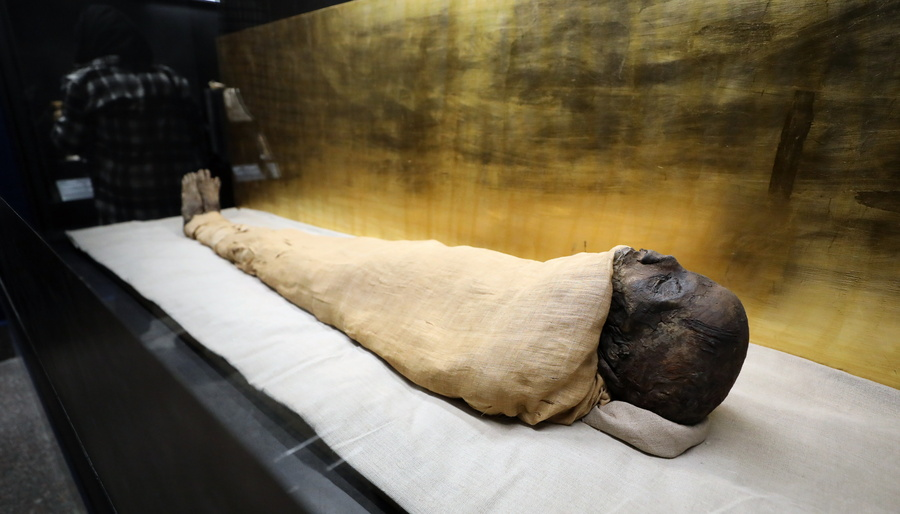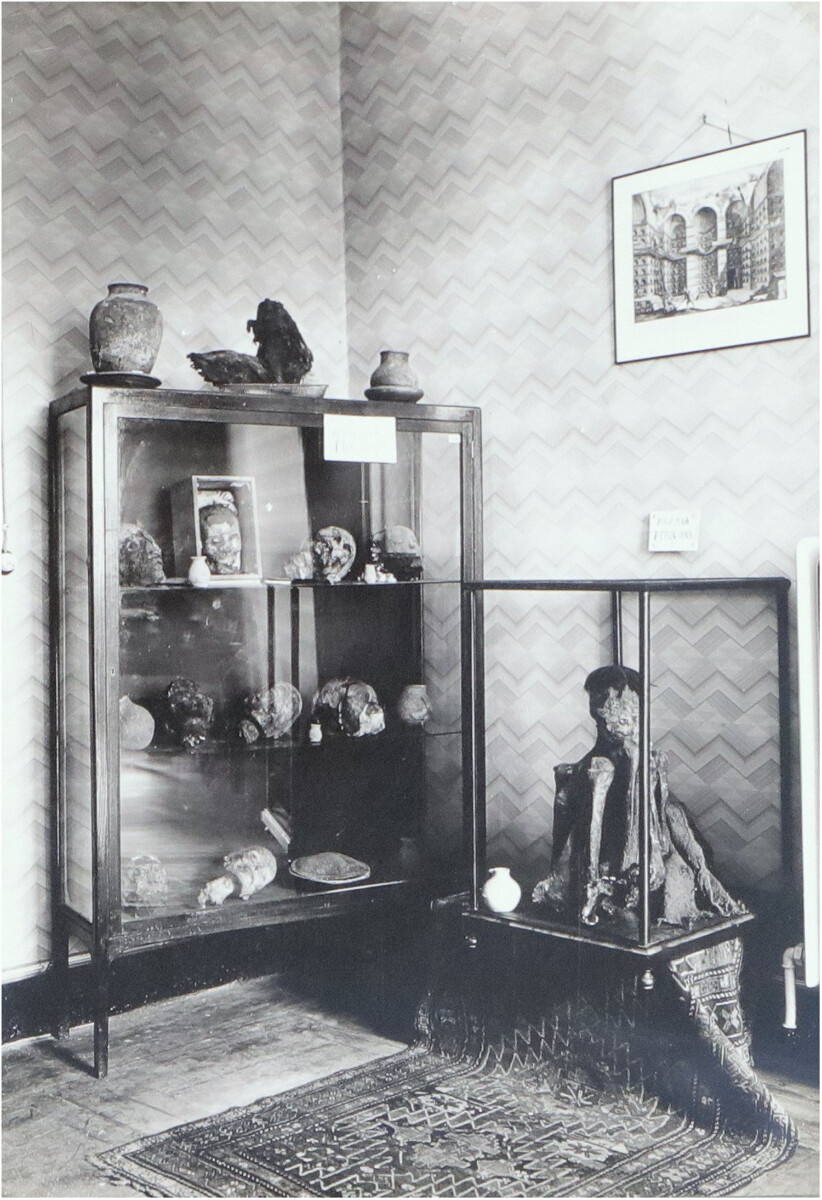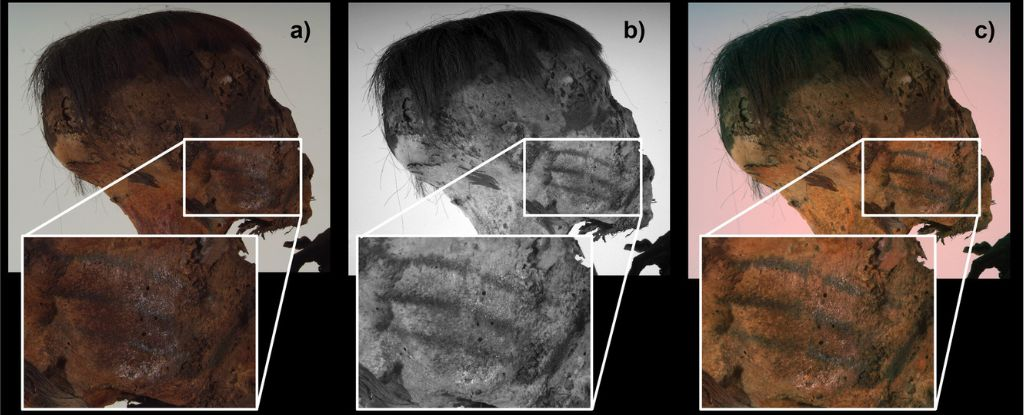A stunning archaeological discovery is stirring fresh excitement in the scientific world. Researchers from the University of Turin have uncovered rare facial tattoos on an 800-year-old mummy from South America—offering unprecedented insight into ancient tattooing practices.
Led by anthropologist Gianluigi Mangiapane, the team revealed findings that suggest tattooing techniques never before documented on mummified remains from this region, according to ScienceAlert.
A Remarkably Preserved Glimpse into the Past
The mummy, dated between 1215 and 1382 CE, was found in exceptional condition, preserved by the naturally dry, stable environment of South America's coastal deserts. Though her exact origins remain unclear, the female mummy was donated nearly a century ago to the Italian Museum of Anthropology and Ethnography.
Her burial position — seated with bent knees in a style known as "fardo" — links her to the Paracas culture of southern coastal Peru. This burial practice involved wrapping the body in multiple layers of textile, forming a tightly bound funerary bundle.
Facial Tattoos: A Rare and Powerful Statement
What sets this discovery apart is the presence of three simple tattooed lines on the woman’s cheek — a facial tattoo placement that’s extremely rare in ancient Andean cultures, and especially unusual on the cheek.
But the surprises didn’t stop there. Chemical analysis of the black ink used in the tattoo revealed it was made from magnetite — a black, metallic, and magnetic iron ore. This finding challenges the long-standing assumption that ancient black tattoo ink was typically derived from charcoal.
In addition to the facial tattoos, the mummy also bears an S-shaped tattoo on her wrist, a common placement in ancient South American cultures. Yet even this design is striking in its simplicity compared to the more elaborate patterns typically found on the hands, wrists, forearms, and legs of other mummified individuals from the region.
What Do These Tattoos Mean?
The true meaning behind these rare tattoos remains a mystery. Their prominent placement on the face suggests they were meant to be visible to others, rather than concealed beneath clothing — possibly a symbol of identity, status, or spiritual belief. However, their exact purpose and symbolism are still unknown.
This discovery not only deepens our understanding of ancient body art but also highlights the importance of more detailed chemical studies into the composition of ancient tattoo inks. Most existing theories around the use of charcoal-based ink are founded on limited analytical evidence.
As scientists continue to explore this extraordinary find, it opens new doors into the rituals, materials, and symbolism of ancient tattoo traditions—offering a powerful reminder of the depth and diversity of human expression across time.









